Unlike humans, planarian flatworms have the remarkable ability to regrow any missing body part.
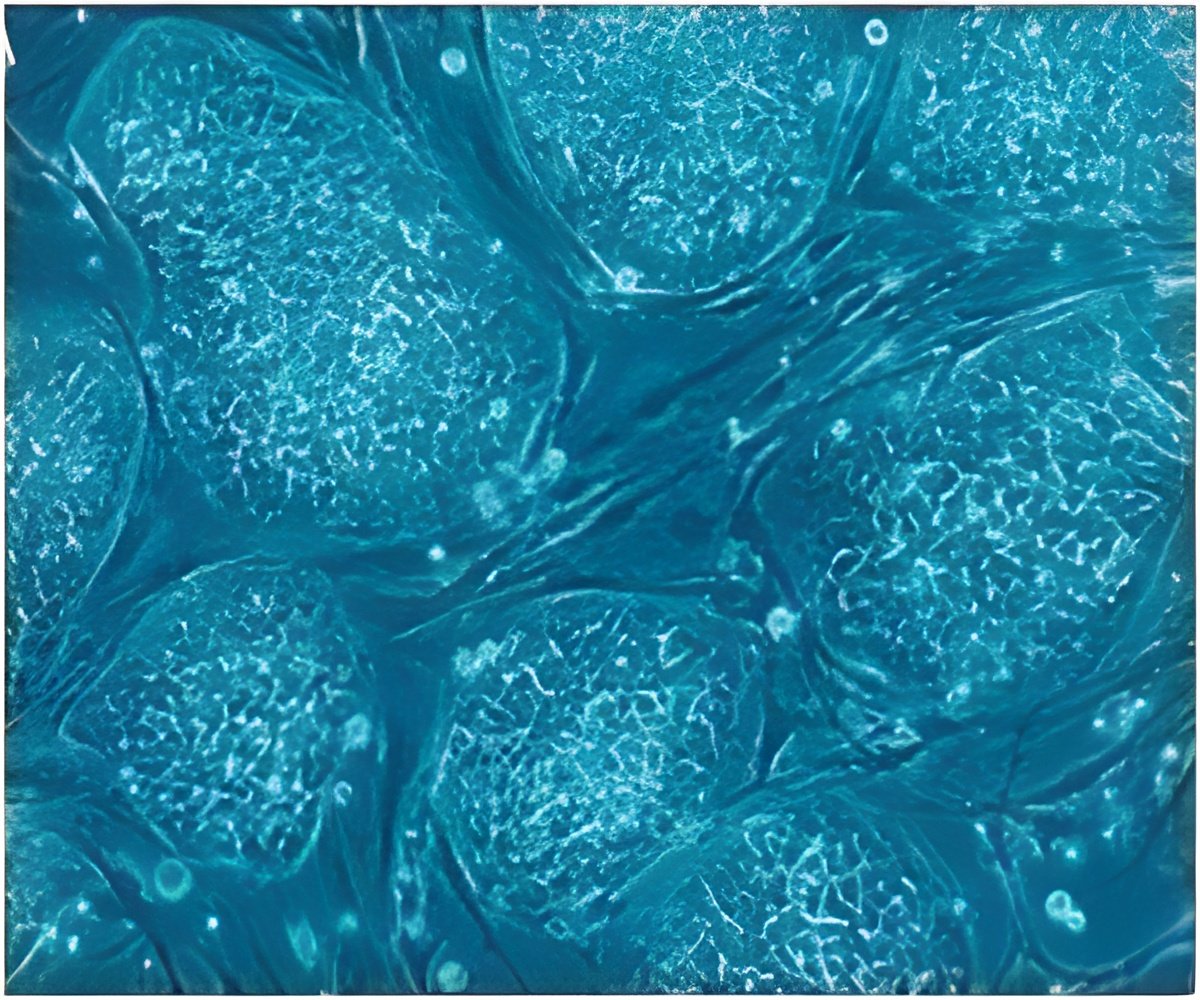
Whitehead Institute Member Peter Reddien and two of his former graduate students, Michael Gaviño and Danielle Wenemoser, address this longstanding question this week in the journal eLife, revealing a fascinating interplay of signals between two wound-induced genes.
According to the work of Gavino, Wenemoser, and Reddien, regeneration initiation in planarians is regulated by the expression of the genes Smed-follistatin (or fst) and Smed-activin-1 and -2 (or act-1 and act-2), that together act like a switch. After a planarian is wounded, the type of injury determines the level fst expression——the more extreme the loss of tissue, the higher the level of fst expressed. At puncture wounds, fst expression is low, and regeneration is inhibited. However, following amputation, which results in major loss of tissue, fst levels rise and in turn inhibit Activin proteins, allowing regeneration to begin.
To the researchers' surprise, this interaction only affects regeneration and healing related to injury. Normal maintenance and cell turnover throughout the planarian body continue unaffected when fst is inhibited, even though these activities rely on the same neoblast cell population that creates new tissue during regeneration.
"It's a really great phenotype," says Reddien, who is also a Howard Hughes Medical Institute Early Career Scientist and an associate professor of biology at Massachusetts Institute of Technology. "It's one of the dream phenotypes—to have a defect that's regeneration-specific, where the neoblasts are working. It's just regeneration that isn't working."
Such a phenotype could be a powerful tool in the further exploration of mechanisms that control regeneration. And many questions about these mechanisms remain.
Gaviño agrees, and points out that the fst/act-1/2 switch may ultimately help scientists tease apart regeneration in other organisms, including humans.
Source-Eurekalert
 MEDINDIA
MEDINDIA
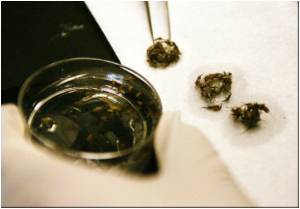
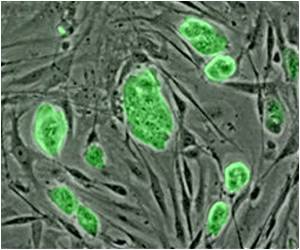
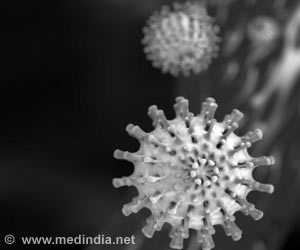
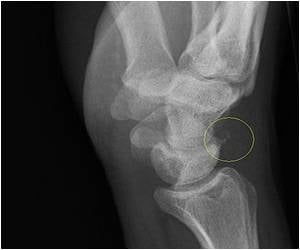
 Email
Email




